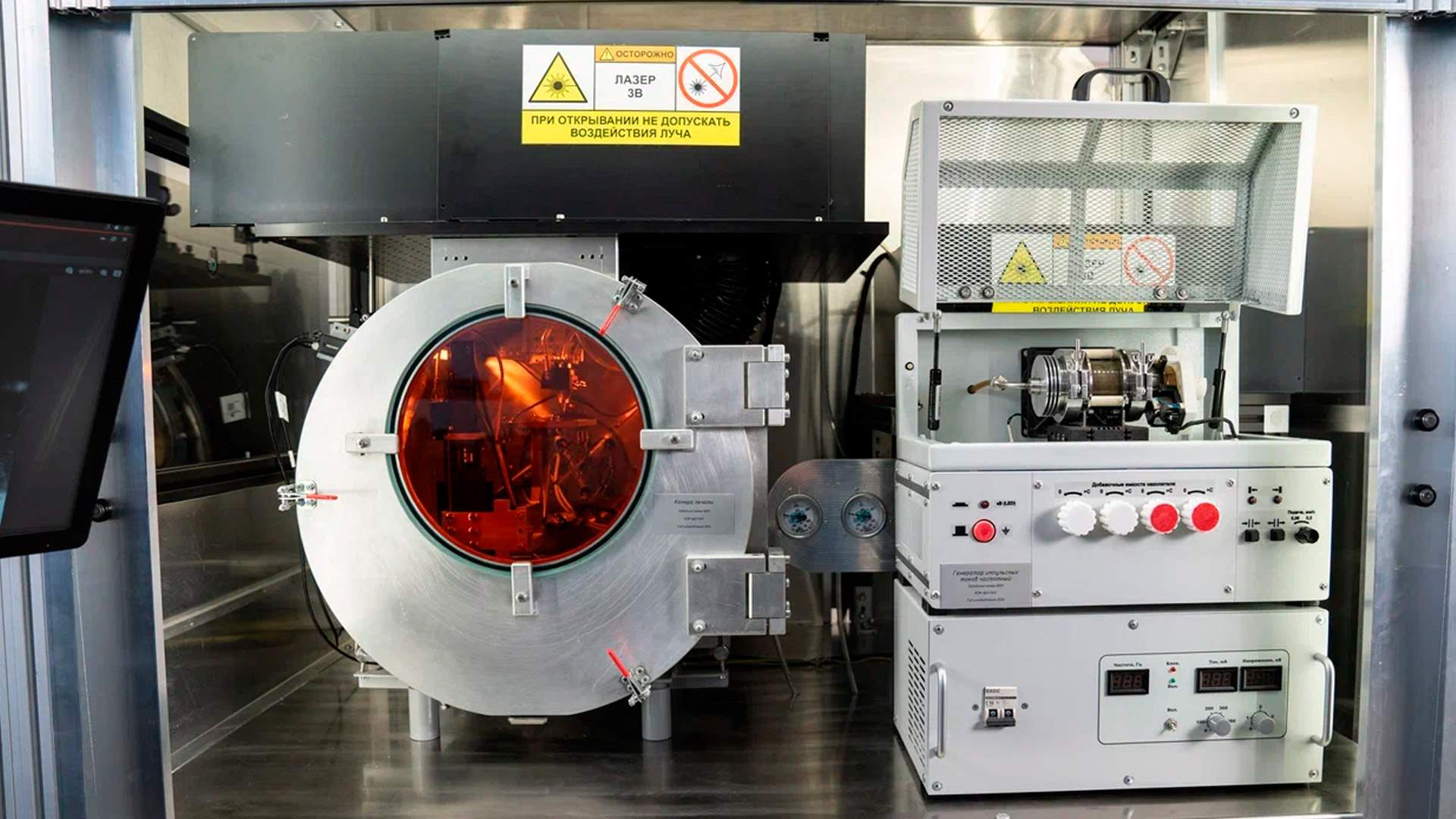- Статьи
- Science and technology
- The investigation introduced: a new nanoprinter will help find criminals
The investigation introduced: a new nanoprinter will help find criminals

Russian scientists have developed an innovative printer for creating various nanostructures with any desired properties. Technology opens up many new possibilities. For example, using the device, you can detect the smallest traces of a substance, which is necessary to search for evidence at the crime scene, study art, chemistry and other scientific fields. According to criminologists, such devices will significantly facilitate the search for criminals. And according to engineers, the printer can be used for the development of domestic optics and radio electronics.
The world's first nanoprinter
MIPT specialists have developed the world's first dry spray printer designed to create various micro-sized objects. For example, using the device, plasmonic structures can be printed, a kind of "amplifiers" of light that make it possible to detect the smallest traces of matter when examining samples using Raman spectroscopy. This is of great importance for forensic research, the study of art objects, archaeological finds and other scientific research. The development has no analogues.
— The analysis of the composition of the samples is performed by Raman spectroscopy. He determines the substance by the effects of light, which can be enhanced using plasmonic structures printed by us. That is, we are, in fact, making a signal amplifier. Without it, a small amount of the substance is not visible, but with our structure it is visible," said Vladislav Borisov, a researcher at the MIPT Functional Materials Testing Center.
You can also use the device to print microelectronics boards with a track width the size of a human hair. And in the production of photodetectors, the printer allows you to apply additional quantum dots to significantly increase the sensitivity of the elements.
—The printer allows you to quickly change the size of nanoparticles in real time, which makes it possible to adjust the resonant properties of structures for specific tasks, for example, in optoelectronics or analytical chemistry,— said Vladislav Borisov.
The device combines four technological processes in one device: synthesis of nanoparticles, their modification, aerosol beam printing and laser sintering of an array of nanoparticles on a substrate. The printer allows you to form microstructures with line widths from 30 to 400 micrometers with nanoparticles with sizes from 50 to 300 nanometers. Simultaneous laser sintering of nanoparticles makes it possible to produce monolithic conductive microstructures of interest, for example, for microwave electronics.
A device for criminologists
Unlike ink printers, in which the printing process is preceded by the preparation of ink based on active nanoparticles, dispersants and solvents, and after printing, drying and heat treatment of the printed structures are required, the new device manipulates dry nanoparticles formed in a gaseous atmosphere. This eliminates contamination of materials and significantly increases the efficiency of their manufacturing process. If necessary, the printing parameters are quickly optimized from the control panel, so the printer can be adapted for use in different areas.
— We have combined in one device the processes that, when using ink printers, are performed separately using a number of technological installations. This greatly simplifies production and reduces costs," the scientist added.
It took the MIPT team about nine years to develop a dry spray printer, from a scientific idea to a prototype. The project is currently in its final stages. In the next six months, it is planned to complete testing of the prototype and prepare design documentation for mass production.
Such equipment is absolutely necessary for the work of criminologists, as modern criminals try to leave behind fewer clues, and with the help of the proposed technology, it is possible to find their smallest traces, said forensic expert, Professor Evgeny Ishchenko.
— We need such a device, since for centuries criminology has been based on identifying traces left by a criminal. When fingerprinting appeared, criminals began to make sure that they did not leave fingerprints on the scene and the crime weapon. The smaller microtraces we can detect, the better. Most often, criminologists need to identify traces of a fatty substance that forms on the fingers. It is practically invisible to the naked eye. Therefore, the creation of a printer will be an important step in criminology," the expert said.
Optical technology often requires a very small, that is, compact element base, which is difficult to produce using traditional methods, said Alexey Karfidov, Head of the Department of Technological Equipment Engineering at NUST MISIS. Therefore, the creation of new production equipment, including optical technology, taking into account modern capabilities and developments, is an extremely useful development that can contribute to the development of the Russian radioelectronic and optical industries, he concluded.
Переведено сервисом «Яндекс Переводчик»






